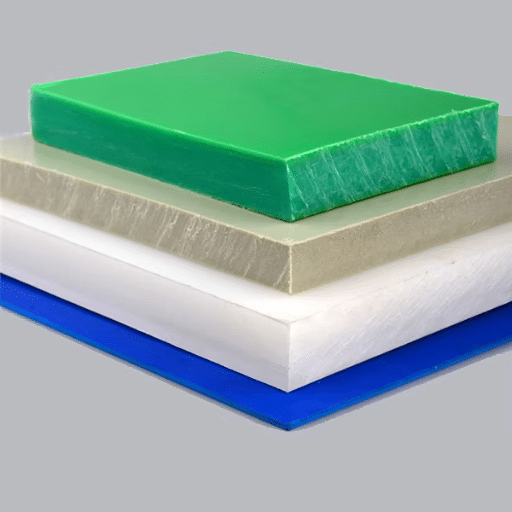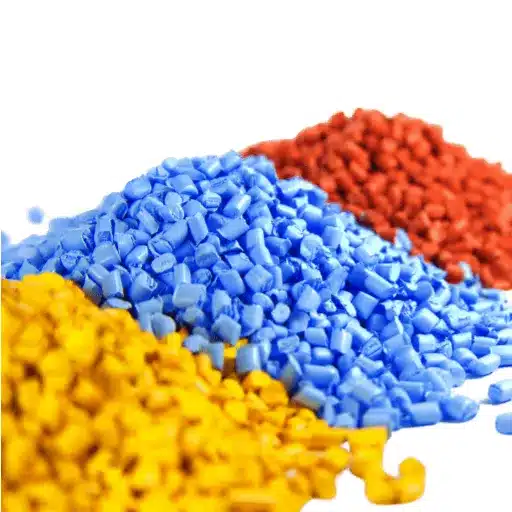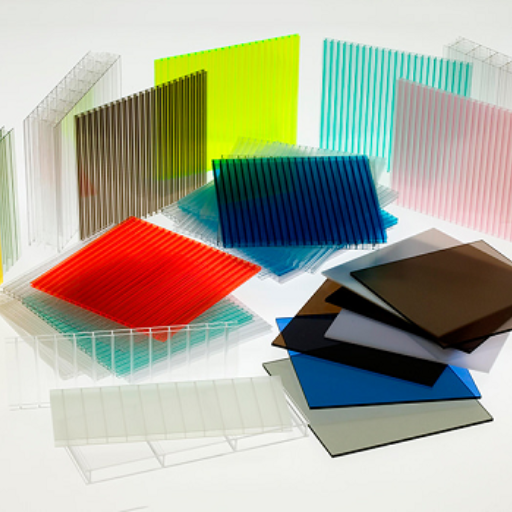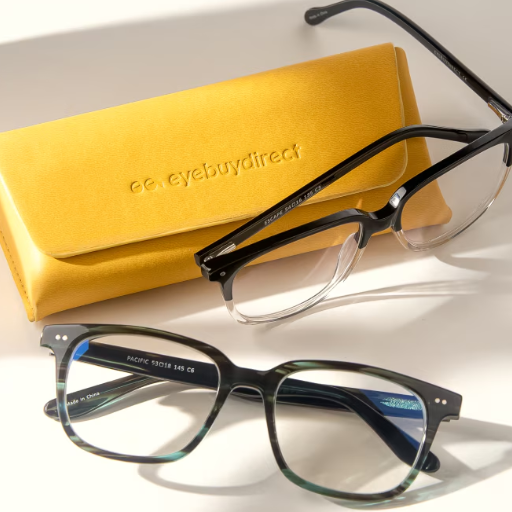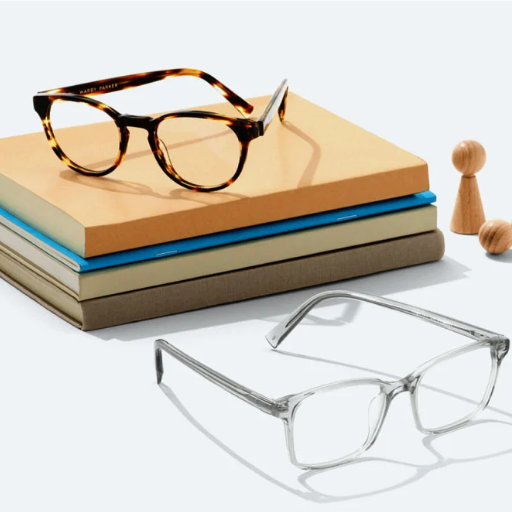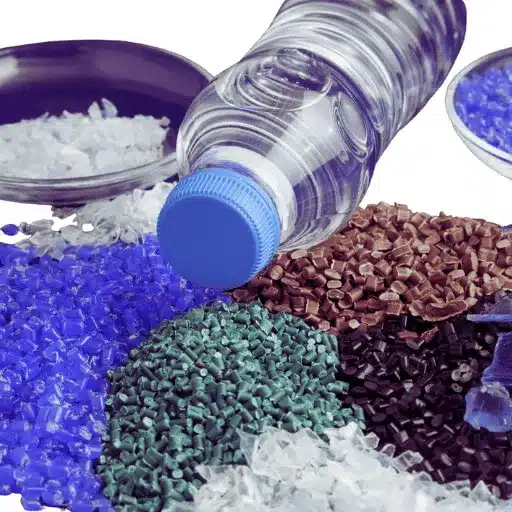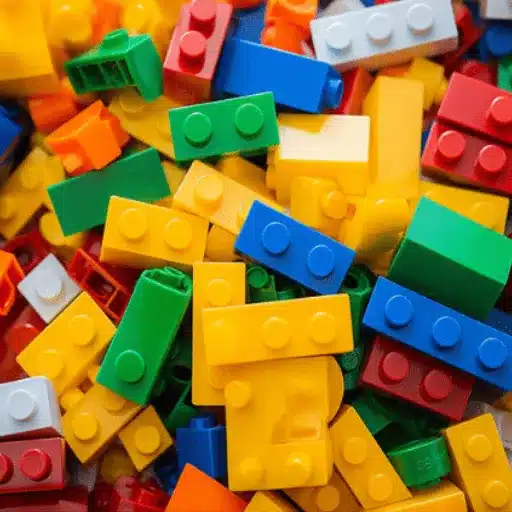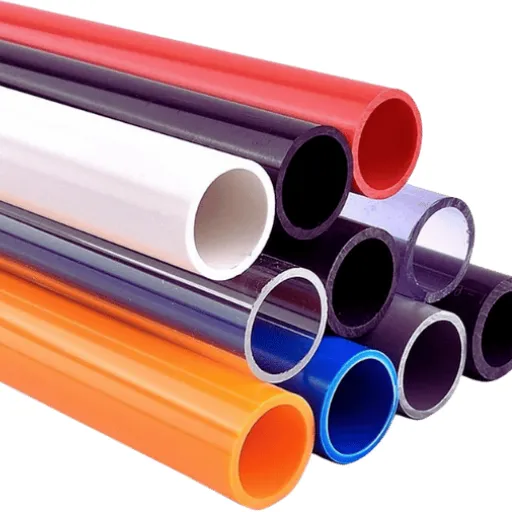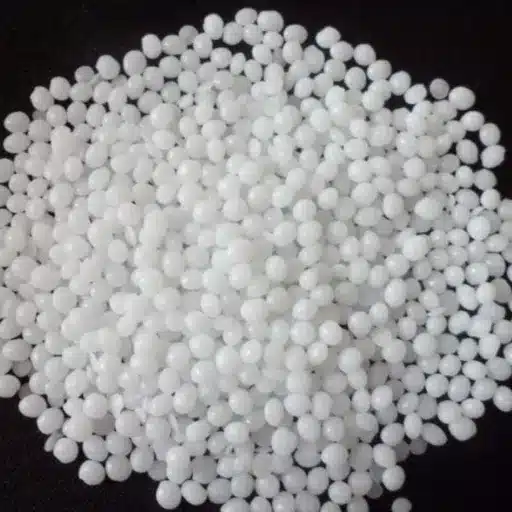When it comes to selecting materials for many manufacturing activities and product design, knowing the functions and uses of the most used thermoplastics is most important. Allowing two Commodity polymers, such as ABS and polycarbonate, both in the industry, such materials are easy to involve where technology is used in the production of different systems or consumer products. But the major question is how these materials compare? And which one would be most suitable for a particular service? This article discusses the main characteristics, advantages, and disadvantages of ABS and Polycarbonate with specific examples to help make the information provided more practical. Whether one is a designer, an engineer, or merely interested in materials, this article will give you all the details you need for understanding the workings of these two widely used thermoplastics.
Introduction to ABS Plastic and Polycarbonate
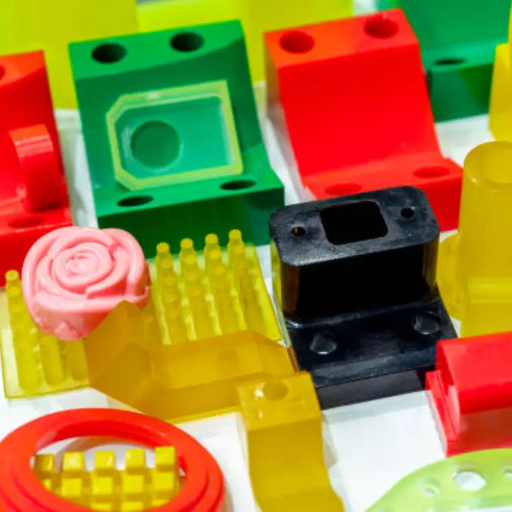
Ideally, these two thermoplastics hold wide usage, yet they feature some differences that provide added value to different segments of the industry: ABS is designed for durability, impact strength, ease of manufacture and processing of such parts as automotive, electrical and electronic appliances, and housewares. Polycarbonate on the other hand is highly recognized for its exceptional strength, transparency, and heat resistance which is why it is commonly used for helmets, protective eyewear, and even aerospace applications. The key difference is attitudinal order for properties in question. ABS wins on lower cost and manipulability but polycarbonate achieves and sustains in conditions involving sustained stress. The choice of the most appropriate type is dependent on the ultimate load, the conditions the material will be exposed to, and how it will be used.
What is ABS Plastic?
ABS (Acrylonitrile Butadiene Styrene) boasts of being among the most common plastics having a fair volume of demand due to its ease of handling and resilience. It has a chemical existing that is made up of three monomers: acrylonitrile, butadiene, and styrene. Each of these monomers adds its distinct features. For instance, acrylonitrile impresses with its good chemical resistance and heat resistance, butadiene is good for adding some toughness and impact resistance, and thirdly, styrene makes the material more rigid and even better coated. This flexibility results into a polymer that is light and at the same time very strong making it very useful.
ABS is a material that is frequently found in the automotive, construction industries as well as consumer electronics, as it has very good impact strength and dimensional stability. ABS finds use in the manufacturing of a variety of products including automotive parts such as dashboards and bumpers to generic products as LEGO, kitchen appliances and irrigation pipes. For the same amount, ABS is also favored for its low manufacturing cost and advantageous molding properties and this has a lot of advantage in injection molding and 3D printing. Detailed descriptions can be added, i.e. the additives or blending options of other manlecules which may improve performances toward specific limits required by a certain industry.
What is Polycarbonate (PC)?
Polycarbonate, abbreviated as PC, is a top-performing plastic that resists impact and has a very good transmittance; furthermore, it is tough, and optically clear. It has such outstanding properties because of its structure, more specifically the carbonate linkages which protect it against fracture even under the harshest conditions – the polymer caters to demanding applications. This material is also known to be load-bearing yet it is also very resistant: while the tensile strength varies between 60 and 70 MPa the deflection temperature is usually higher than 120℃. This explains why it is common practice to use the polymer in the production of bulletproof glass, car parts, computer and instrument shells, and devices for medicine. The second point regarding polycarbonate is how clear it is, where the transparency ratio is approximated to almost 90%, which is close to what is transmitted by the glass, and with a low possibility of being broken. The material can be doped with adjuvants that will help it resist and cope with UV radiation, fire or help it become more flexible, thus, making it applicable in a variety of industries.
Overview of Thermoplastics
Going by the technical definition, thermoplastics may be categorized as a polymer or alternatively a plastic type that solidifies under cold conditions and changes to a pliable condition under hot conditions. This quality of the material made it a favorite with many people, this is because this deformation it is recycled with minimal allowable waste without degrading the properties of the material. Which means, it does not deteriorate its properties and stays preserved once shaped into something. Among them are polymers such as Polyethylene (PE), Polyvinyl Chloride (PVC), Polypropylene (PP), and acrylonitrile–butadiene–styrene (ABS).
All thermoplastics have their special properties that are particularly useful in certain areas. For example, polyethylene is much loved for its chemical resistance and its pliability which makes it the killer product in packaging such as plastic bags and bottles. Polyvinyl chloride (PVC) is also celebrated for its ruggedness and being stiff, is extensively used in construction packaging and its application is also widespread in the production of UPVC pipes and window glasses. Polypropylene (PP), on the other hand, is considered a lighter as well as stronger alternative material because it is also used in automotive, textile, and durable products than the aforementioned Polycarbonates. And finally, acrylonitrile butadiene styrene (ABS) is famous for its high-impact strength as well as toughness which has today resulted in it finding use in casing electronic equipment as well as 3D printing applications.
Comparing Mechanical Properties
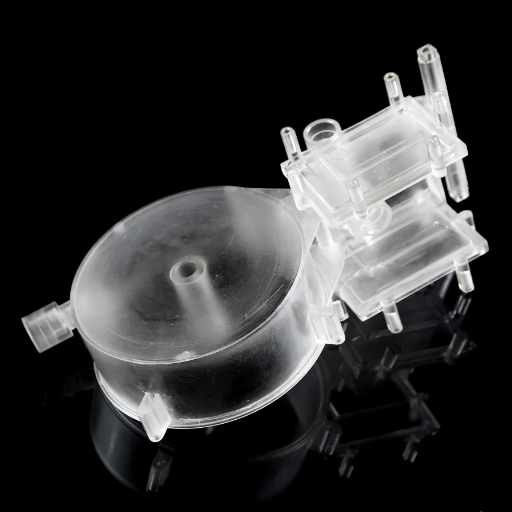
One of the key aspects that determines the behavior of polymers is their composition and internal arrangement. Those which are highly ductile and possess excellent toughness such as Polyethylene (PE) are used in several applications because they offer no rigidity. Polyvinyl chloride (PVC), depending on its structure, may at times possess very great levels of hardness and tensile strength as the fibers are properly arrayed and will be there for strength applications. Moderately strong yet lightweight, Polypropylene (PP) is durable, albeit with a non-negligible weight. In tough conditions where rigid housings need to be used, Acrylonitrile Butadiene Styrene (ABS), a tough material which resists impacts, is the appropriate selection. Clearly, these variations underscore the importance of selecting suitable materials in consideration of the mechanical requirements of the intended designs.
Compare Differences: ABS vs Polycarbonate
| Parameter | ABS | Polycarbonate |
|---|---|---|
| Impact Resistance | High | Very high |
| Weight | Lightweight | Moderate |
| Strength | Moderate | Superior |
| Heat Resistance | Adequate | Excellent |
| Chemical Resistance | Good | Moderate |
| Transparency | Opaque | Transparent |
| Flexibility | Low | High |
| Cost | Affordable | Relatively expensive |
| UV Resistance | Poor | Strong |
| Ease of Machining | Easy | More challenging |
Impact Resistance: ABS and Polycarbonate
The ability to withstand external forces is a required quality in any material that is usually exposed to mechanical pressure. According to most reviews, ABS possesses moderate impact resistance, and that is why it is perfect for instance when less severe conditions are required, such as the production of consumer electronics or automotive parts, and household goods. Similar to ABS, the extraordinarily tough polycarbonate has high impact, yet extreme angles that would typically result in complete and immediate material failure without any signs of ductility actually fail to crack it. This temperature is required for the working of the new polymer and is defining example of a brilliant cartridge case material. This is the property because it moves energy and consequently reduces the structural changes caused to the material once it is subjected to forces. Although they perform similarly well in each field, the cost of manufacturing polycarbonate is significantly higher and is a cost one is willing to incur, especially in high-calorie activities.
Flexibility and Durability
The thermoplastic known as polycarbonate is a bicycle of many colours in the sense that it possess an outstanding balance in both flex and warp resistance qualities, a fact which makes it usable in several industries. Indeed, this fosters the shaping and bending of the material without stressing for it to break, something most sought by most in industrial and architectural projects. On a positivist note, however, polycarbonate is very tough and long-lasting. These properties ensure sustainability and prolonged service of the constructed objects even in the harsh conditions, for example when it is subjected to abrasive wear, ultraviolet radiation, and aggressive environment. It is reported that the material can withstand all loads and temperatures that fall out of the range of tolerances, all kinds of loads including tensile loads caused by dynamic stress, and temperature changes, which means that it is effective both in construction and in electronics.
Scratch and UV Resistance
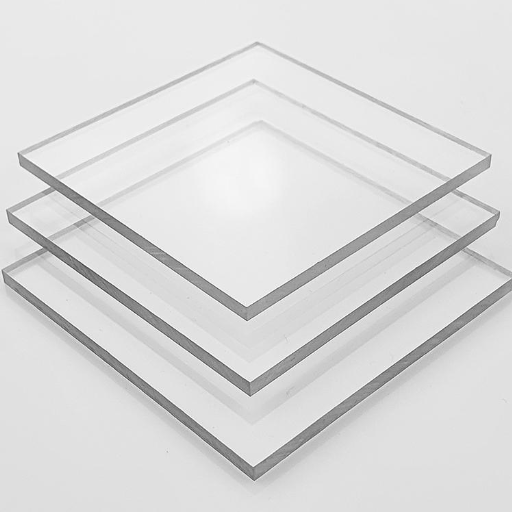
Polycarbonate exhibits excellent scratch and UV resistance. This, therefore, removes any doubt that it is the quality and long-lasting material needed for the manufacture of items. The external face of the material can be modified against micro flood, a pretty big saving in UV view. Moreover, this simply means that the structure in itself possesses certain barrier properties against UVE. This also ensures some direct ultraviolet protection to the plastic and is necessary as it does not undergo discoloration, brittleness and aging with time. This is the reason why the material is used in exterior applications such as vehicle’s windows as well as other sunny climates.
Scratch Resistance in ABS and Polycarbonate
Hardness is dependent on the characteristics of the individual polymer include molecular structure, stiffness and elastomer content. Because of the inherently different molecular structures and properties between ABS and polycarbonate, superficial considerations are far from enough to judge the two polymers in terms of scratch resistance. Acrylonitrile butadiene styrene, acrylonitrile butadiene styrene is a copolymer that is relatively resistant to scratching and is suitable for such applications as automobile interior and domestic electrical component surfaces. Some defects normally develop on it after a few blows on its surface or when it rubs against another object.
Polycarbonate is known to be the tougher of the two, and with the application of more sophisticated coatings, such as those that are polysiloxane and silica-based, the no-resistance phenomenon is enhanced. With the types of materials noted above being harder due to the treatments absorbed, the process of erosion is less pronounced. The recent testing has revealed that the process of actively engrossing polycarbonate and polycarbonate with coatings of high hardness results in pencil hardness up to 9H, a result which is better than the resistance they provide as they are and notably better than ABS. This is what can now be said is significant to the costume jewelry and costume accessories in such desktops, including the lenses, visors, galleries, or penetration fire limits, and other places, such as public infrastructure, where restricted movement is required.
UV Stability of Polycarbonate
Polycarbonate is famous for its great resistance to UV degradation compared to many other thermoplastics, which has in fact led to its popularity in open-air equipment. This endurance remains after advanced ultraviolet absorbers and stabilizers are added during processing. These agents alleviate degradation effects due to excessive sunlight exposure, which normally cause aging, color alteration, strength reduction, and surface cracking.
Due to the extensive study of the ultraviolet degradation of various materials and the possibilities for improving the stability of their molecular structures by introducing various additives, the interest and demand for engineered materials have considerably increased. An emerging branch of identical polymer-cure, attractive because the limitless possibilities with this technology are not limited to the size or shape of the products. The knowledge of deterministic one-way reactions gives the superiority in understanding all the degradation processes where stabilising a system is concerned. Compounds. Adsorption, modification, and degradation of the degrader were also mentioned in relation to materials that experience degradation during all use. Compressive axial and radial burstiness for the flat circular plates with internal pressurized pressure has been discussed to date. The present Chapter, along with the next Chapter continues to deal with some fundamental features of the key area of materials technology: the strength of materials.
Comparing Resistance to Environmental Factors
Different materials have different abilities to resist environmental conditions with polycarbonate being the most enduring as well as flexible. A good illustration is provided in that whereas usual glass is known to break with a sudden change in temperature, other types of materials like polycarbonate will have much better stability at constant temperatures hence can be used in extreme varying climates without losing its strength. Even more, materials like polystyrene, which are rather cheap and easy to install, are very difficult to reuse because when used for a longer period, they are exposed to UV rays, they tend to crack and even change colours with time. Other studies show that more complex developing formulations of polycarbonate do not lose appearance or strength in the sun, and various hardened polymeric materials is found to be not true. This emphasizes the vast use of thermoplastics such as polycarbonates in sectors that require objects to be in open areas for extended periods of time, like construction, aerospace, and automotive industries.
Cost-Effectiveness and Economic Considerations
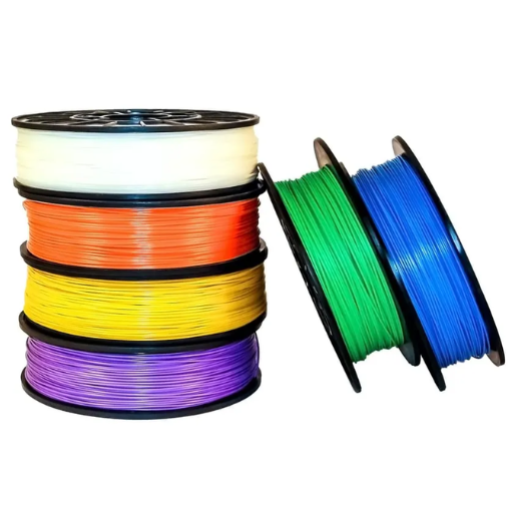
Lower Cost of ABS Plastic
ABS (Acrylonitrile Butadiene Styrene) plastic is well known for its low cost. It is especially an advantage in mass production situations. This particular thermoplastic material is much cheaper than the likes of polycarbonate, as it is more expensive to produce and, moreover, consumes more raw materials. This makes acrylonitrile butadiene styrene cheaper despite its performance in composition. The melting point is also lower, which also means that it will take up less energy to process the material. As a result, operational costs have been decreasing. Various industries such as automotive, consumer electronics and toys have taken advantage of this feature to use the material while ensuring that ABS plastic is strong, durable and easy to mold. The technology in recent years has also expanded to include other materials and properties of ABS in order to enhance it for its applications without adding to the cost, thus making it more attractive in price-conscious marketplaces.
Cost Comparison: ABS vs Polycarbonate
When comparing the price of ABS (Acrylonitrile Butadiene Styrene) and polycarbonate, it can be noted that ABS is the cheaper choice. ABS is generically priced between $1.50 and $2.50 per kilogram, clearly dependent on the particular supplier and production processes and any other enhancements such as colour and toughening agents. Whereas polycarbonate is substantially higher, ranging from $3.00 to $6.00 per kilogram. This can be explained by the fact that for polycarbonate, there are more technologically advanced processing steps as well as more expensive raw materials in which the product is encased, which is due to the fact that polycarbonate is touted to have the best impact strength while being optically clear, and withstanding high temperatures.
A closer study of this discovery indicates that though polycarbonate excels the ABS type in resistance, heat shielding and optical characteristics, some styles prove to be relatively costly. This is because in cases where there occur significant limitations concerning the budget, it will be difficult to employ it. Meaning that it is not worthwhile to use it on all pure economic issues. On the other hand, ABS is still recognized since it remains one of the irreplaceable materials for manufacturing consumer items, especially in the case of high turnover. Yet, such advantages of the raw material come with the need for careful consideration with regard to the demands that an application necessitates. Especially among applications in severe environments or where optical strength is an issue, ABS cannot be used because is polycarbonate at a cost.
Long-term Value and Investment
When determining the long term value, it is imperative to adjust the cost of the materials in view, assess potential future cost throughout its lifecycle rather than considering only the initial price. For instance, as far as cost is concerned, in most applications polycarbonate is usually the wiser option than glass as it is less costly and much easier to maintain over time. In addition, polycarbonate performs better than ABS in regard to either static or dynamic applications including aerospace and medical equipment fabrication, which shows its necessity in these markets. Even though ABS may be adequate for less challenging conditions, in very essential areas polycarbonate may cost more, yet the extended life span of the equipment in this case definitely cannot provide any expensive premium payable. Thus, the items that are used should be chosen based on the requirements listed in the procurement contract for both the current budget and the future operational improvements.
Common Applications of ABS and Polycarbonate

ABS (Acrylonitrile Butadiene Styrene)
- Consumer Electronics: Easy to handle when immersed in devices such as remote controls, keyboards, and game handles because of the durable and attractive surface.
- Automotive Parts: Such as inside the cars when there is a fault—dashboards or chips; and as there are inclined surfaces.
- Household Goods: Implemented in such appliances as plastic boxes, toys – LEGO pieces and the components of vacuum cleaners owing to its resistance and cost effectiveness.
Polycarbonate
- Safety Equipment: Indeed, thermoplastic polycarbonate plastic is a high-performing material due to its stronghold and polycarbonate causing little if any distortion.
- Medical Devices: Medical Equipment is best suited for covering areas with numerous connections, operating in high-temperature environments, or handling fluids, such as connectors, lasers, and tanks, due to its ease of sterilization and durability.
- Construction Materials: The next application includes window seals, which are used in agricultural roofing panels and greenhouses. Contrary to what it may look like from the outside, the material is very strong and light at the same time.
Usage in Medical Devices
One of the best materials in the medical field is polycarbonate because it stores mechanical and thermal properties at a high degree of performance. The fact that it is nearly unbreakable and damage-resistant makes it an ideal material for well-performing and stress-creating uses as photoresistant maker, connectors for indwelling administration devices, and even housings for surgical instruments. More so, polycarbonate’s resistance to repeated temperature sterilization processes, such as autoclaving and gamma radiation, makes it convenient for the practice of hygiene within hospitals. Recent progress even presents its application in novel medical fields, such as the production of materials that function under medical treatment with newer devices for healing body, including portable biosensors as well as implantable drug release devices, where its safety and survivability are in line with the characteristics and standard requirements for present day medical devices.
Applications in Automotive and Electronics
Automotive Applications:
- Headlight Lenses: The properties of polycarbonate make it known as shatterproof, for that reason is widely used in the manufacturing of the automotive headlamp glasses Polycarbonate is also neutral and colorless. These glasses are manufactured from polycarbonates during the production of the headlamp. Its consumption in headlight glasses preparation is estimated at about 20% world wide. This allows for the promotion of overall security and a prolonged lifespan.
- Interior Components: Quite a few polycarbonate-based plastics materials are used to create dashboards, door panels, and all sorts of trims enhancing the components strength and the overall look of the vehicle which can incorporate different designs and textures.
- Glazing and Roof Systems: Light, does not refract UV rays and it is very scalable, making polycarbonate the best solution for Use in solar radiation materials for sunroofs and side glazing, improving fuel efficiency by a maximum of 10% and lowering the general vehicular weight load as per reports in the industry.
- Electric Vehicle (EV) Components: Polycarbonate components are also contributing to the battery enclosures necessary since the popularization of environmentally friendly electric automobiles will be assisted by this material for EV purposes and enable sufficient weight reductions for the overall stability and safety. This solution is to assist the manufacturers of these EVs in optimizing costs while at the same time simplifying the production of the automobile.
Electronics Applications:
- Consumer Electronic Housings: Using Polycarbonate as the material of Smartphone Defense Housings, Laptops and casings of other Electronic objects is due to its heat resistance and toughness.
- Lighting Systems: Even in case of low price, polycarbonate is widely used in LED lighting because of its clear or colored heat dissipation and type of material etc. for heat dissipation and durability purposes increasing effective functioning of this source during prolonged period.
- Connectors and Insulators: Owing to flame resistant and insulating abilities of polycarbonate, this thermoplastic resin is highly recommended for the design of internal electronic circuitry and assembly materials such as insulators and load couplers since it has a low hazardous scope.
- Displays and Panels: Because of its clarity and ability to withstand scratches, Polycarbonate contributes to the development of screens, powder, and touch panel components such as screens for TVs, projectors, and equipment in wearable systems.
Polycarbonate vs ABS in Luggage Manufacturing
In the making of bags, polypropylene and Acrylonitrile Butadiene Styrene or ABS are considered as some of the best ingredients that come with their own individual positive aspects in satisfying the tastes of the audience. Polypropylene in particular is the right material for the tough luggage capable of resisting every force and suitable for even people who always tend to put so much weight on their luggage. It will not break immediately on impact because it is flexible. Additionally, travelers have a weight problem, as they need luggage that is light.
From a technical viewpoint, those who travel a lot and need the maximum protection should choose devices made out of polycarbonate while for those on a limited budget and weight being an important criterion, then ABS would be preferable. Often, the decision is built around finding a combination of strength, lightness, and budget, after considering the preferences of the person and the requirements of the journey.
Reference Sources
- 1. “Types of Polymers Using in 3D Printing and Their Applications: A Brief Review”
- Key Findings:
- ABS and polycarbonate are widely used in 3D printing due to their unique properties.
- ABS is valued for its impact resistance, toughness, and recyclability, making it suitable for automotive parts, toys, and electronics.
- Polycarbonate is recognized for its transparency, high impact resistance, and heat tolerance, often used in optical applications and safety equipment.
- Key Findings:
- The clearance during the punching process is the most critical factor affecting burr and film formation in PC/ABS cable ducts.
- An optimal clearance size minimizes defects, balancing burr and film formation.
- The study highlights the importance of process parameters like punching speed and blank holder force in improving product quality.
- Key Findings:
Frequently Asked Questions (FAQs)
Q: Understanding the Differences Between ABS Plastic and Polycarbonate
A: Difference in properties of ABS and polycarbonate is particularly important. Acrylonitrile butadiene styrene plastic or ABS consists of macromolecules that excel in resistivity, strength and low cost thus widely used in consumer goods industry. On the flip side, clear polycarbonate properties are also amazing which nearly offset the high cost prospects low impact resistivity and transparency of ABS. This makes clear polycarbonate the apparent choice for hi-tech applications whenever high levels of strength or transparency are required, for instance making riot shields. In conclusion, the choice of applicability of either ABS or polycarbonate as far as the extent of usage, weight and therefore cost of the material used are restricted.
Q: Impact Resistance and Mechanical Properties of ABS vs Polycarbonate
A: When assessing impact resistance, polycarbonate has a much higher resistance to impact as opposed to ABS. Although ABS performs well under the impact load and is quite resilient, it is tough for industries dependent on light weight elements. It is the reason why people in these markets do not go for ABS but seek polycarbonate instead: it endures more extreme working environments. The high heat and low heat tolerance levels of the polycarbonate are some of the mechanical properties realised that an ABS material lacks. For electric housing and safety eyewear applications polarising is better. Abs is an ideal choice for applications where requirements are not very high.
Q: Comparing ABS and PC: Which Material is Better for Your Needs?
A: The choice between ABS and PC would mostly depend on the particular application. In case you need a cheap and a user-friendly material, ABS would be the material of choice. ABS is very easy to shape and perform well in terms of weight to strength ratio. Conversely, when the particular structure calls for superior impact resistance accompanied by high thermal stability, then polycarbonate should be selected from among others because as in that is mostly more expensive compared to ABS. Therefore, there is importance in understanding how both ABS and PC differ for a particular project will aid in choosing the best suitable material.
Q: Scratch Resistance and UV Properties: ABS and Polycarbonate
A: Scratch resistance and ultraviolet radiation resistance are two of the most important practices when it comes to the use of materials such as ABS and polycarbonate. Abs easily grabs scratches but polycarbonate have less upper tendency to develop scratches most of the times because it is stronger. Furthermore, polycarbonate has low levels of UV radiation and hence cannot be easily affected by it—this make it suitable for outdoor use. Such a situation calls for the use of polycarbonate as opposed to the other tougher materials especially if the project is going to be used in environments that tend to get high levels of sun. Yet if it is going to be strictly used indoors without any exposure to ultraviolet rays, ABS could well be the most appropriate material as of today.
Q: Applications of ABS and Polycarbonate: Where Are They Used?
A: ABS and polycarbonate find use in a myriad of applications, however the mode of use usually varies. ABS is standard in goods, playthings, parts of cars and so on – all due to cost and easy use of the material. on the other hand, polycarbonate is commonly used in applications that require high functions, such as in riot shields, safety glasses, and medical equipment, where both strength and transparency must be significantly high. Finally, to know in which areas each material works the best can then help one to properly source for material for specific use henceout of sheer ignorance you will not be capable to making bad decisions in what you are doing or even the projects that you will be undertaking to do.






